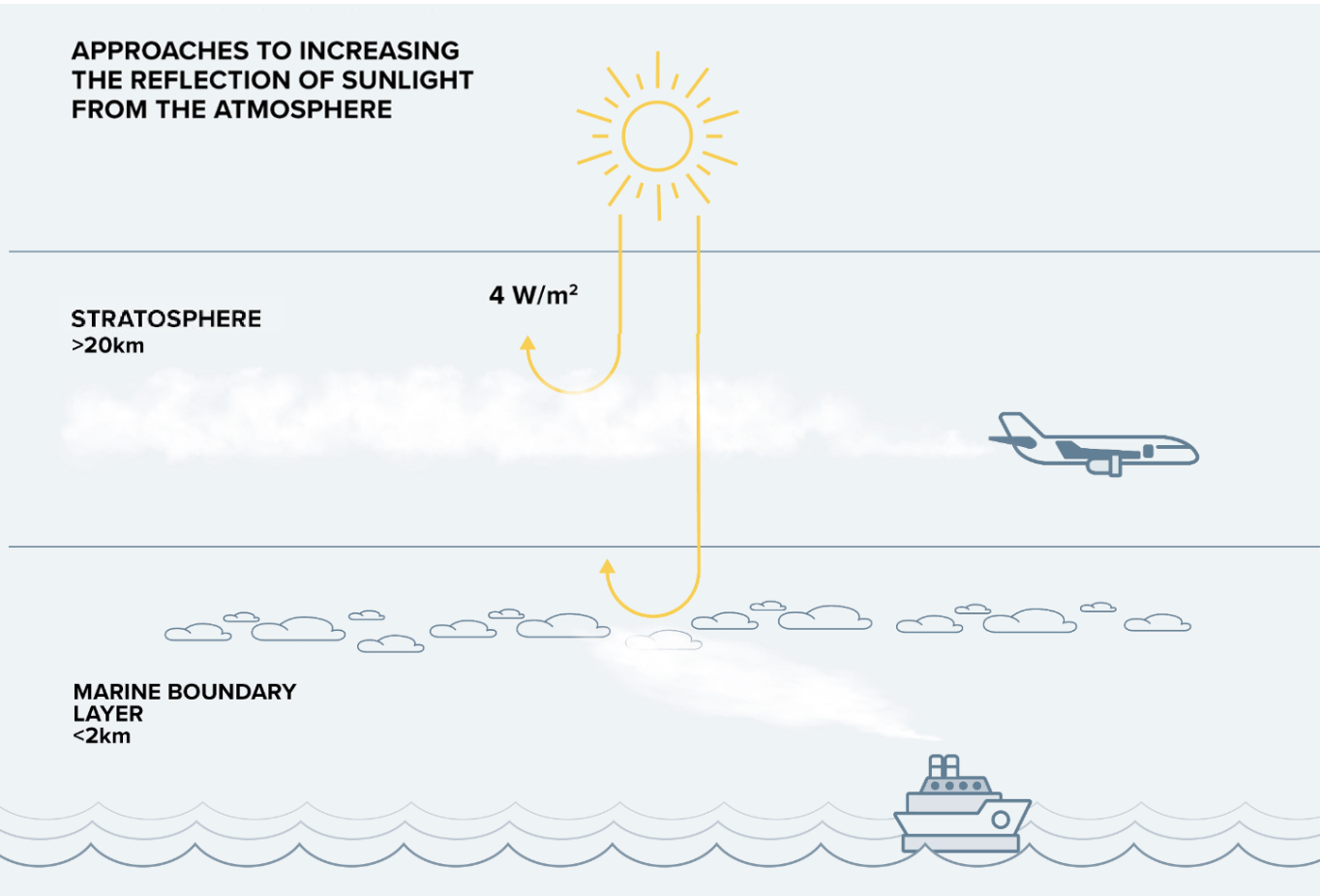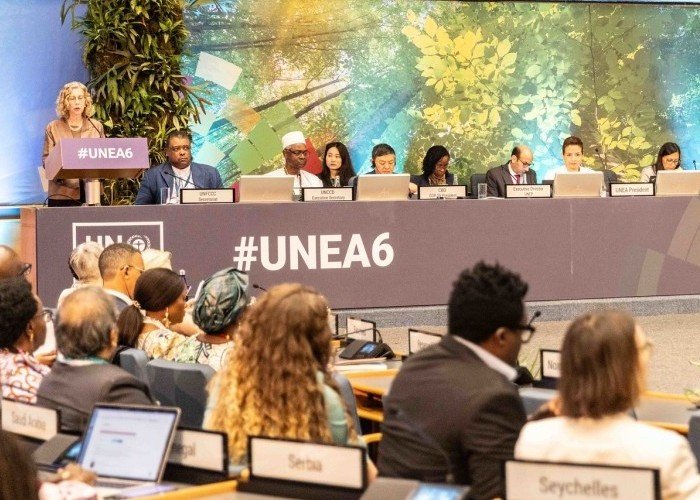Beyond “Geoengineering” to Emergency Medicine for Climate
As published in My Climate Journey
Sixty years ago, President Lyndon Johnson’s Science Advisory Committee sent him a report on restoring the quality of our environment. It projected – with remarkable accuracy – the effects of rising carbon dioxide levels in the atmosphere. Since the report was published, temperatures have risen by about 0.8°C, astoundingly in line with the 1965 report. But the report’s most striking element may be its suggestion that possibilities for deliberately intervening in the climate system “need to be thoroughly explored”.
What possibilities? Scientists have suggested that rapid reduction in climate warming might be best achieved through one of nature’s mechanisms – the reflection of sunlight from clouds and particles in the atmosphere (first seen in the 1972 Blue Marble image whose champion, Stewart Brand, also advanced climate intervention, or ‘geoengineering’, in public dialogue). Later, observations of the effects from volcanic releases and pollution suggested that increasing the atmosphere’s reflectivity by just 1-2% could offset up to 2°C of global warming.
The idea of climate intervention has been controversial. In the late 20th century, modestly dialing down greenhouse gas emissions in coming decades would have been the obvious and responsible thing to do. Considering adding material into the atmosphere to try to counter warming would have, understandably, seemed wildly unhelpful.
We face a different reality today. Disasters that were far-off possibilities in the past are realities for people everywhere. The most vulnerable are being hit hardest– by drought, famine, floods, and unescapable, deadly heat. Going forward, we face an increasingly dangerous environment in which Earth’s temperature will continue to rise in every scenario for emissions reduction, displacing up to 3.2 billion people, through the mid-century.
Today, criticism of climate intervention, including any research, carries forward the concern that it creates a panacea that will slow greenhouse gas reduction (there is some evidence to suggest that the opposite could be true.) There is also concern that governance may be impossible, though its centralized activities may be far less complex to manage than the diffuse problem of greenhouse gas emissions. (We may even have a model to work from in humanity’s most successful environmental protection effort, The Montreal Protocol on Substances that Deplete the Ozone Layer.)
Where does that leave us? Governments have declared a climate emergency, but they have not developed strategies to ensure that people are safe and natural systems stable under increased warming conditions over the next 30-50 years.
There are escalating private and public investments in approaches for removing greenhouse gas from the atmosphere. If enough is removed, the climate will cool relatively quickly. But in general, these approaches will take decades to scale to the levels required. We may get lucky, but otherwise, our best current failsafe lies in increasing the reflection of sunlight from the atmosphere.
How? The most prominent approaches involve increasing the reflection of sunlight by dispersing a sea-salt mist from ships into clouds over the ocean (“marine cloud brightening”) or releasing particles into the upper atmosphere (“stratospheric aerosol intervention”). (Surface and space-based ideas for reflecting sunlight were discounted in scientific assessments in 2009 and 2015.)
What is the state of play? Recent science fiction novels by Kim Stanley Robinson and Neal Stevensen are terrific reads and get a lot of the science right – except the part where interventions are fast and easy to do. They are capital-intensive to study and scale only with time and money. Dispersing material in the atmosphere is not a solved problem, but it is also not the primary one.
Substantial research is required to evaluate the risks of interventions against projected warming so that policymakers and people around the world can review potential impacts on the climate system and on their communities. The underlying science problem –- the effects of particles (“aerosols”) on clouds and climate –- is one of the largest areas of uncertainty in climate research. Observations and model representations of these processes are far weaker than they need to be, for both predicting climate and for evaluating interventions.
With the right advances, we might develop early warning and response systems for major abrupt changes, similar to the U.S. program in place today to prevent asteroid strikes.
Stepping into an unusual gap, our organization, SilverLining, is advancing crucial aspects of progress. Like a medical foundation, we support research, innovation and policy in a race for objective information to help save lives.
We work with a network of experts to identify the critical requirements - the “roadmap”- for research, which includes both advances in observation and models to better predict near-term climate generally, and programs that integrate technology development and field studies to characterize the effects of particle releases at very small scales so that their effects can be modeled at large ones, including the global climate system, for specific climate interventions.
We operate from the perspective that better information enables better decision-making, and, if widely shared, more constructive politics and more equitable outcomes. To that end, through programs like our partnership with Amazon Sustainability Data Initiative, the National Center for Atmospheric Research and others (deploying, for the first time ever, full climate model simulations on the cloud), we are expanding access to climate models and data for scientists around the world to study climate interventions.
Reducing emissions is imperative. Removing carbon is a critical accelerant to achieving a sustainable climate. But we are approaching an unsafe and unstable environment that may require emergency medicine, and to navigate it safely, we have work to do.






